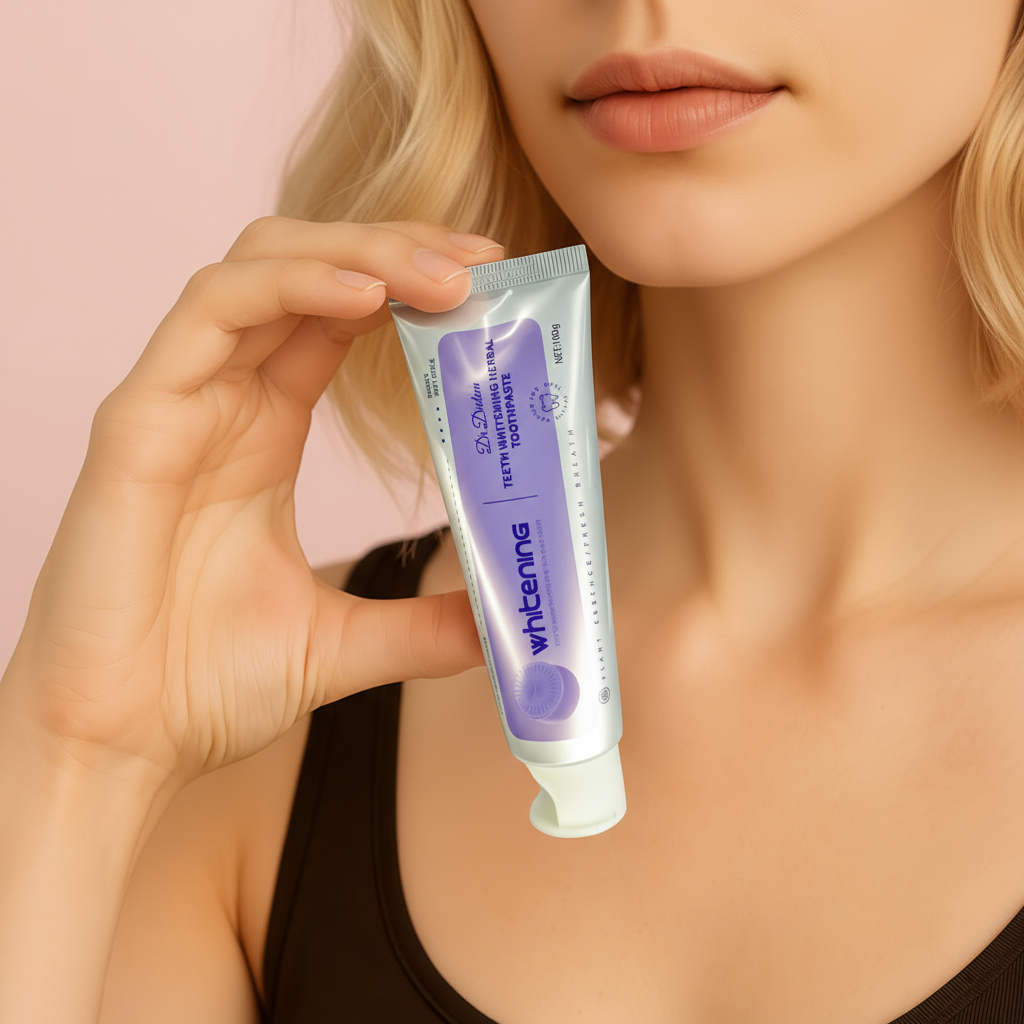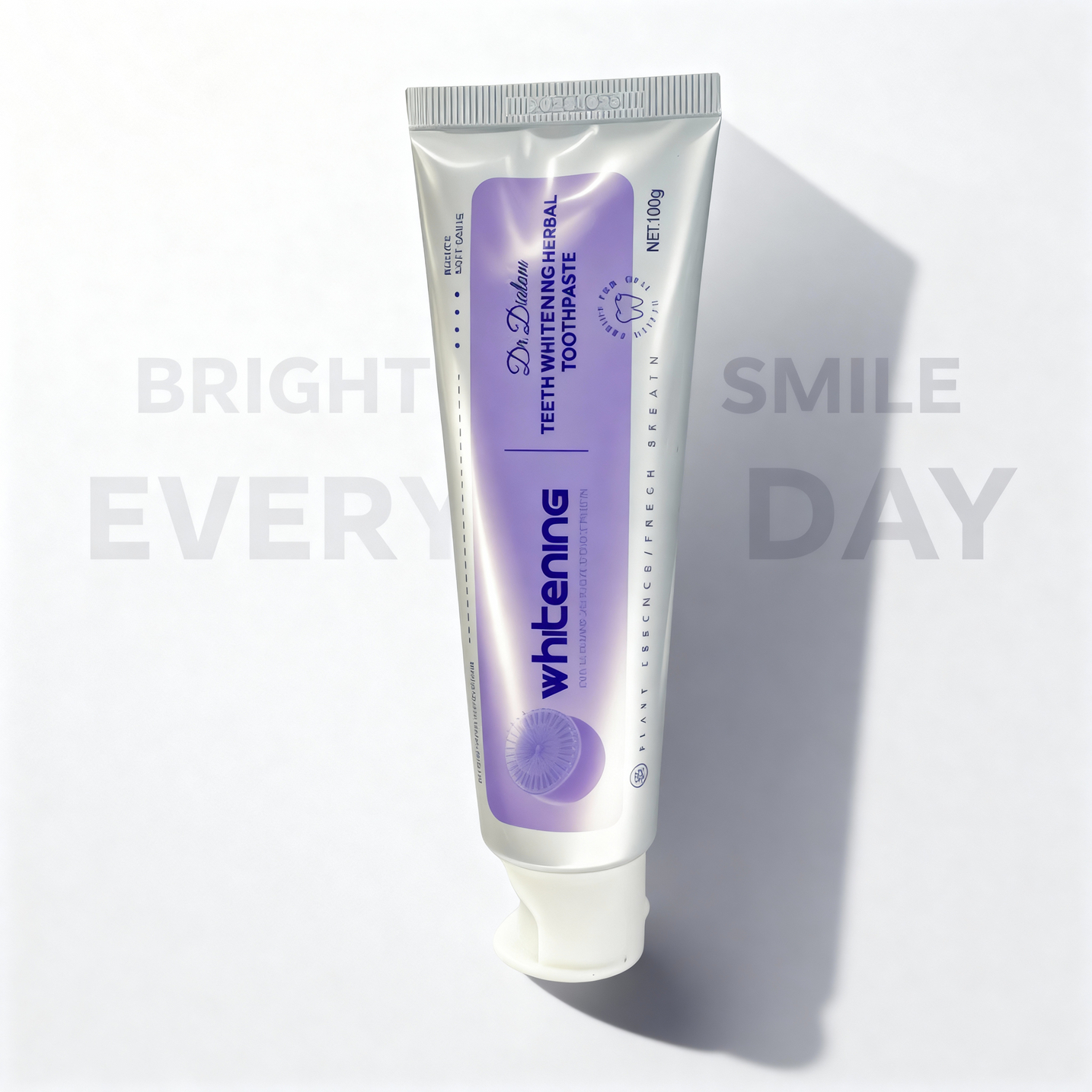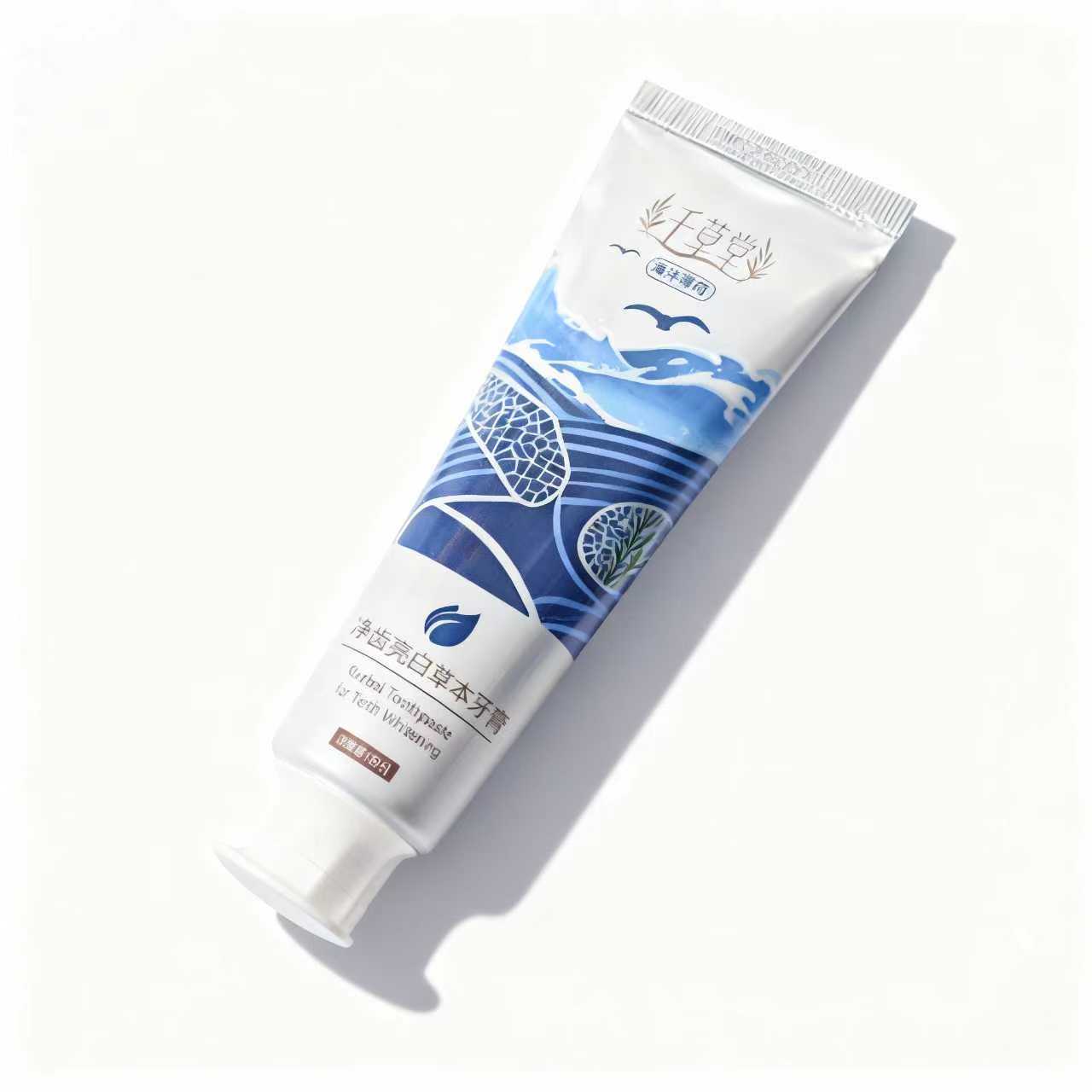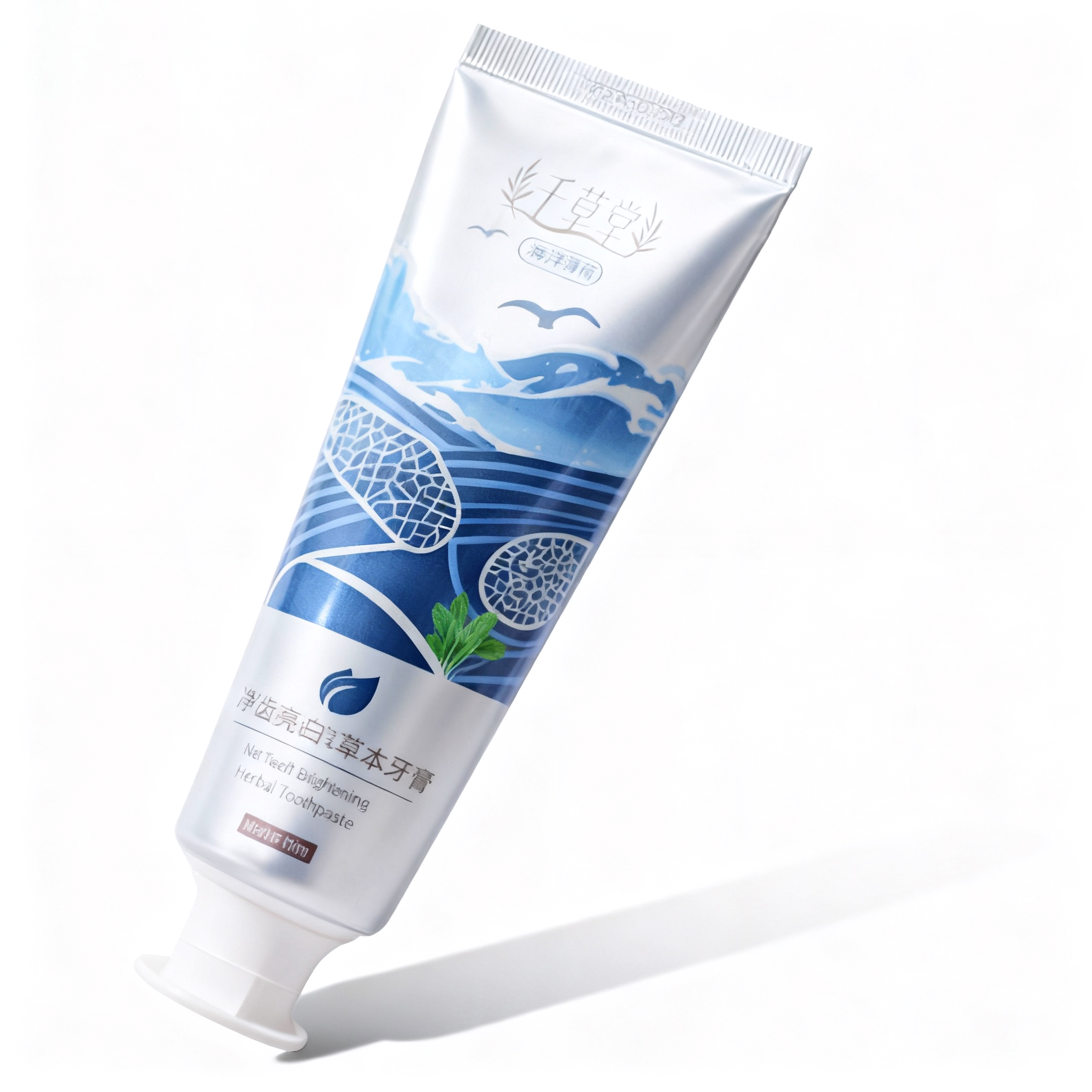
Antibacterial Advantages of Diatoms
Mechanistic Analysis of the Antibacterial Properties of Diatoms
1. Antibacterial Mechanisms of Diatoms
Diatoms exhibit unique antibacterial mechanisms that effectively inhibit harmful oral bacteria and promote overall oral health.
(1) Electrostatic Adsorption:
Diatom particles carry a negative surface charge, whereas many harmful oral pathogens possess positive charges.
When diatom particles in toothpaste contact these pathogens, electrostatic adsorption occurs, capturing and neutralizing them through charge interaction and potential disruption.
This electrostatic trapping effect is one of the primary antibacterial mechanisms of diatoms.
(2) Physical Barrier Formation:
The porous microstructure of diatoms forms a physical barrier on the tooth surface, preventing bacterial adhesion and biofilm formation.
This barrier significantly reduces dental plaque accumulation, thus helping prevent caries and periodontal diseases.
(3) Ion-Release Effect:
As an inorganic antibacterial material, diatoms can release ions with bacteriostatic and bactericidal properties.
These ions interact with bacterial cell membranes, disrupting their integrity and function, leading to bacterial death.
The antibacterial performance of diatoms results from the synergistic action of electrostatic adsorption and ion-mediated sterilization.
(4) Adsorptive Removal via Porous Structure:
The porous surface of diatoms not only adsorbs stains but also captures odor-causing compounds and bacteria, thereby reducing their concentration and activity in the oral cavity.
Studies show that toothpastes containing diatomaceous earth of various particle sizes effectively adsorb indole, dimethyl sulfide, and other volatile compounds—demonstrating strong adsorption capability toward both odor molecules and bacteria.
2. Comparison with Traditional Antibacterial Agents
Traditional toothpaste formulations commonly use fluorides, triclosan, and cetylpyridinium chloride as antibacterial agents.
Compared with these, diatoms provide several key advantages:
(1) Broader Antibacterial Spectrum:
Diatoms exhibit strong inhibitory effects against multiple oral pathogens, including Streptococcus mutans and Lactobacillus (associated with caries), as well as anaerobes responsible for halitosis.
Studies have shown that diatom-based toothpaste achieves over 99% bacteriostatic and bactericidal rates against oral pyogenic bacteria—an efficacy not typically observed with conventional ingredients.
(2) Long-Lasting Activity:
The antibacterial effect of diatoms is persistent and long-acting.
Diatom particles adhere to the tooth surface, forming a protective film that continuously releases antibacterial ions even after brushing.
In contrast, many conventional antibacterial agents exhibit short-term activity and require frequent use to maintain their effect.
(3) Safety and Mildness:
As a natural and biocompatible material, diatoms provide mild antibacterial action without disrupting beneficial oral microflora.
Conversely, some synthetic agents such as triclosan pose potential health risks and have been restricted in several regions.
The natural origin of diatoms gives them a clear safety advantage.
(4) Synergistic Effects with Other Ingredients:
Diatoms can work synergistically with other active agents, such as fluorides and botanical extracts, to enhance overall antibacterial efficacy.
For instance, combining diatoms with fluoride strengthens both anti-caries and antibacterial capabilities, providing comprehensive oral protection.
3. Clinical Efficacy and User Feedback
(1) Oral Odor Control:
Studies confirm that diatom-based toothpaste effectively adsorbs odor-causing compounds such as indole and dimethyl sulfide, reducing oral malodor.
User surveys reveal that 94% of users reported long-lasting freshness for up to 12 hours, often describing it as “no more bad breath even under a mask.”
(2) Plaque Inhibition:
Clinical trials show that users of diatom toothpaste experienced a significant decrease in plaque index, indicating effective prevention of biofilm formation—critical for preventing caries and periodontal disease.
(3) Improved Gum Health:
Long-term use of diatom toothpaste alleviated gingival bleeding and inflammation, suggesting its antibacterial and tissue-repair-promoting benefits.
(4) Caries Prevention:
Diatom toothpaste contributes to caries prevention not only through antibacterial action but also by enhancing remineralization of dentin and enamel.
Research indicates that diatoms promote dentin remineralization, thus strengthening tooth resistance to decay.
4. Conclusion
Comprehensive analysis reveals that diatom-based toothpaste offers distinctive antibacterial advantages through multi-mechanistic synergy:
-
Electrostatic adsorption captures and neutralizes positively charged pathogens.
-
Porous barrier structure prevents bacterial colonization and plaque formation.
-
Ion release destroys bacterial membranes and ensures lasting antibacterial activity.
-
High adsorption capacity removes bacteria and odor compounds simultaneously.
Compared with traditional agents (fluorides, triclosan, CPC):
-
Broad-spectrum efficacy (>99% inhibition against S. mutans and others).
-
Prolonged and sustained protection (film-forming release mechanism).
-
Natural safety and microbiome balance (non-toxic, non-disruptive).
-
Synergistic compatibility with fluoride and other oral-care ingredients.
Clinically and empirically validated, diatom toothpaste effectively:
-
Controls oral odor (94% of users report 12-hour freshness).
-
Reduces plaque index and improves gingival health.
-
Promotes remineralization, aiding in long-term caries prevention.




